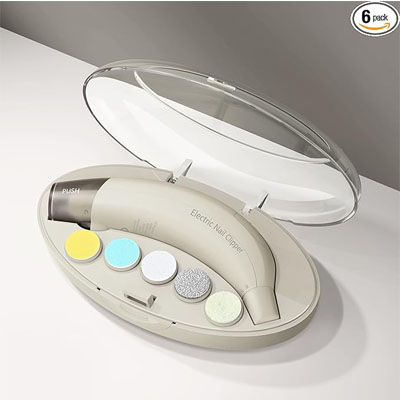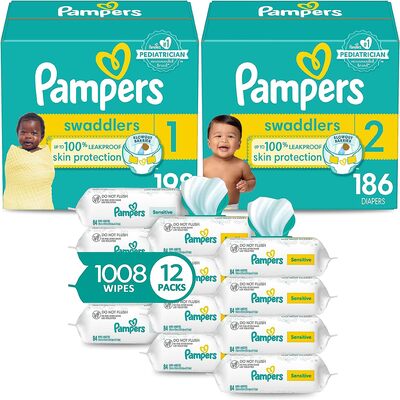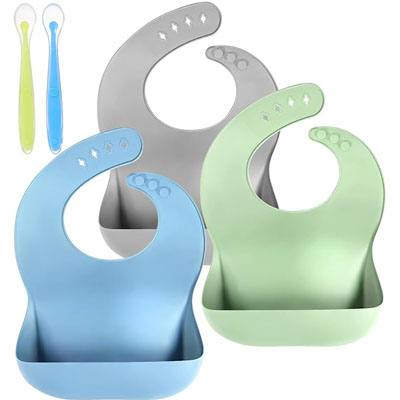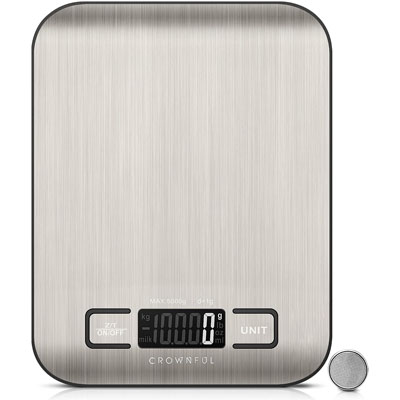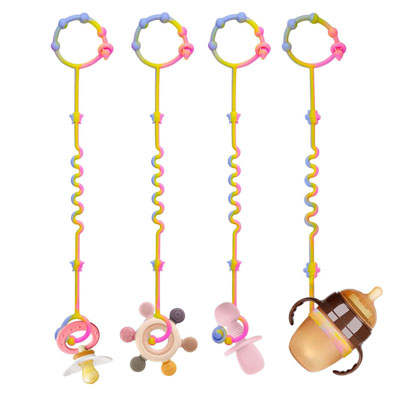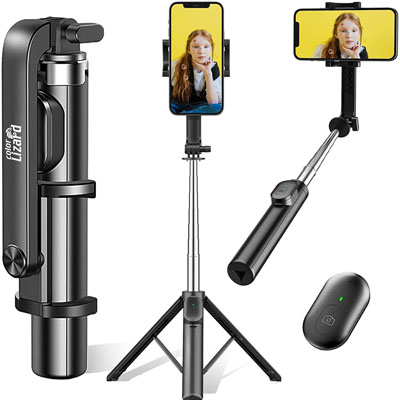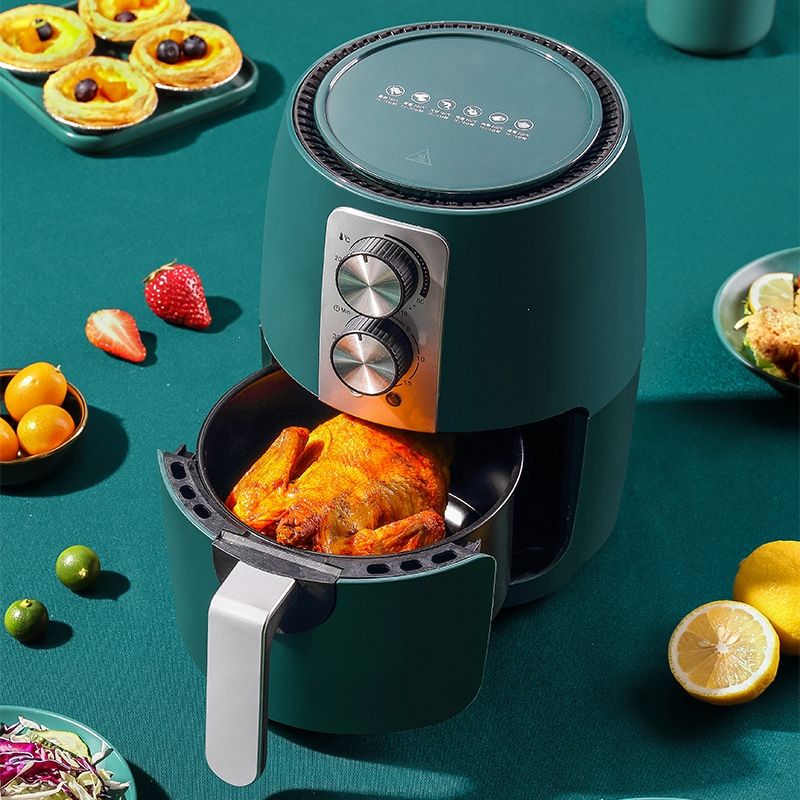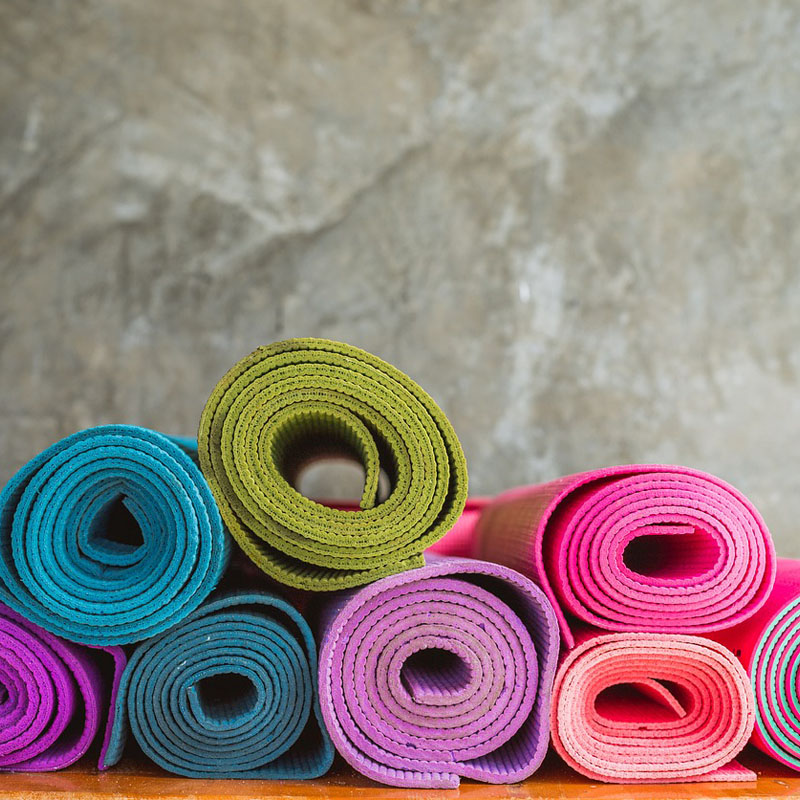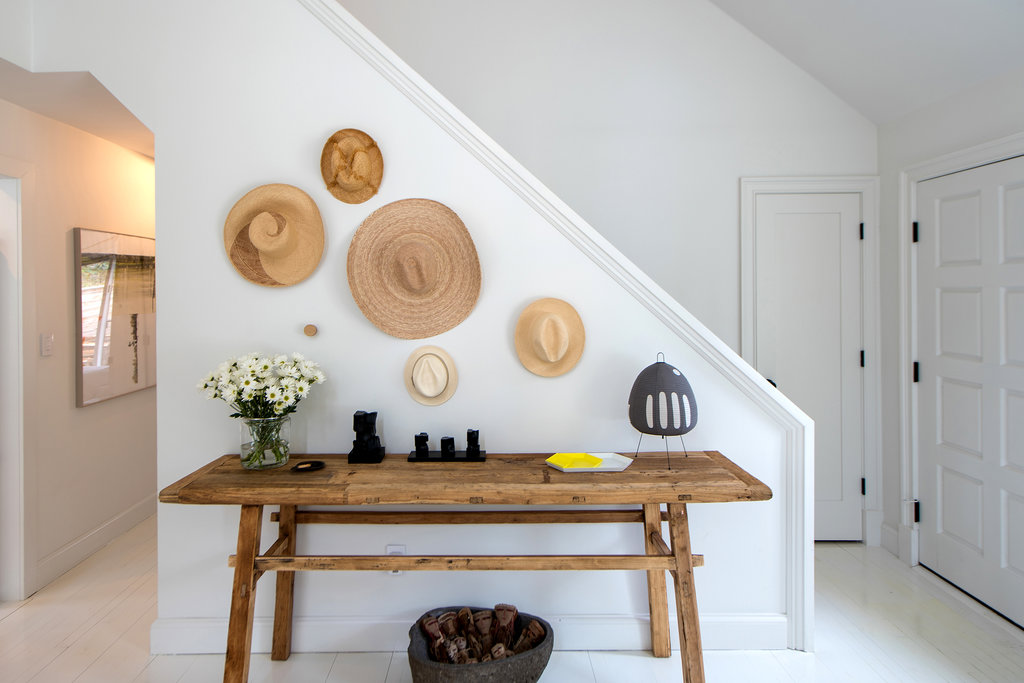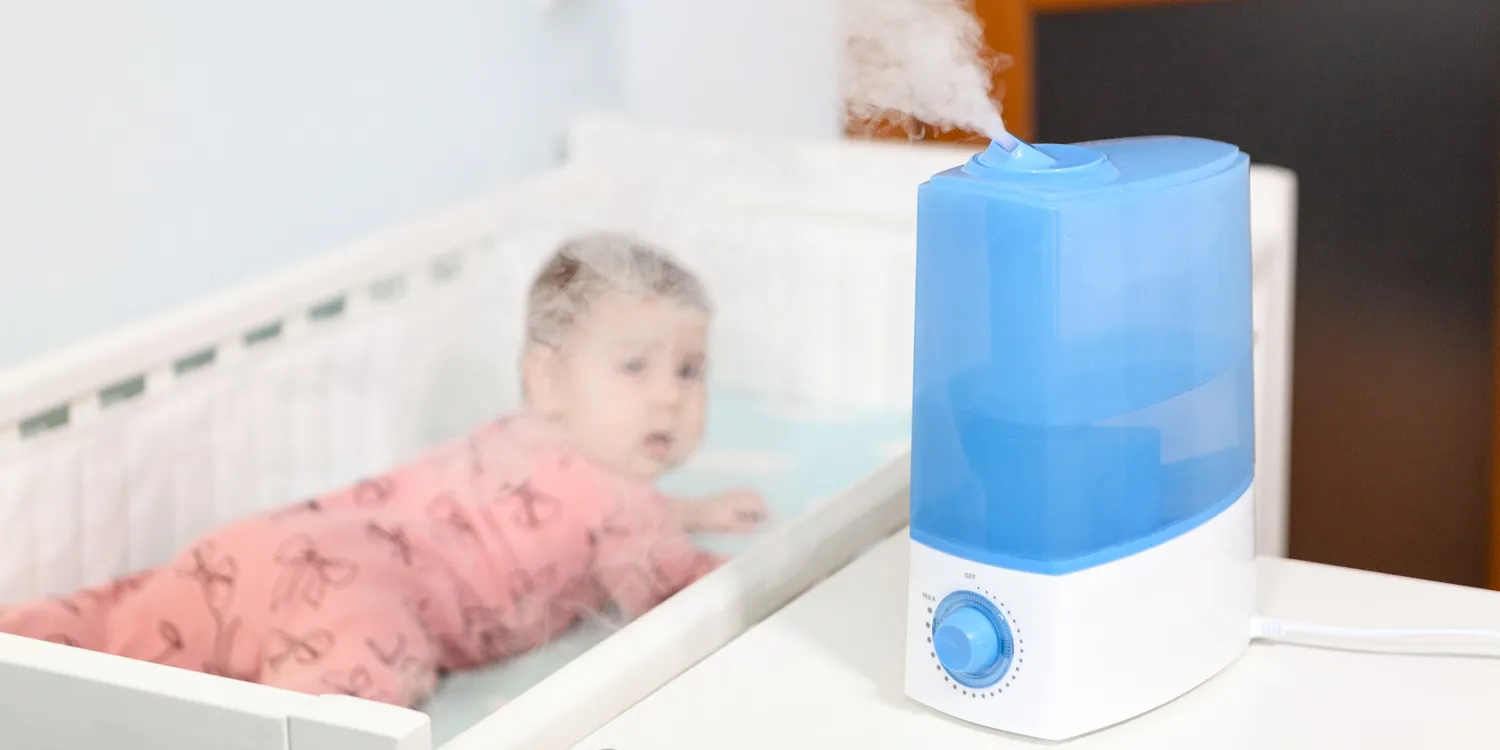How to choose a yoga mat?
2022-11-09 21:35

First, the types of yoga mats on the market now
1. Common yoga mat materials: generally divided into NBR, PVC foam, TPE foam, EVA, flax, rubber, PU natural rubber, anti-deerskin velvet (polyester brazing) and so on.
(1)NBR yoga mat: NBR is also called nitrile rubber, the thickness is generally 8mm-10mm.
Advantages: The price is cheap, the material is soft, and the thickness is very friendly to novices and fitness enthusiasts.
Disadvantage:It is easy to slag after using it for a long time, and the material is too soft and not suitable for senior practitioners who practice yoga for a long time.
(2)PVC foam yoga mat:A yoga mat made of PVC material, the thickness is generally 4-8mm.
Advantages:The material is soft, the price is cheap, the colors are various, the economy is affordable, and you can buy it anywhere. (But when buying, you should pay attention to avoid buying inferior yoga mats made of secondary materials. It is recommended to choose a big brand)
Disadvantage:It can smell the smell of solvent, the anti-skid effect is average, it is not resistant to dirt, the elasticity is poor, the texture is rough and the feeling of use is not good, and it will lose slag after using it for a long time. Short lifespan (1 to 2 years).
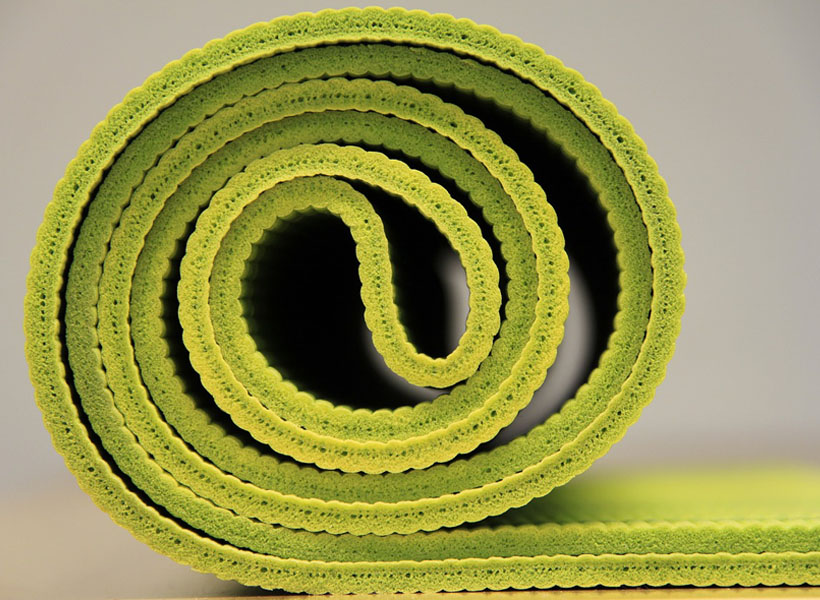
(3)TPE foam yoga mat is a yoga mat made of natural latex and hemp environmentally friendly materials.
Advantages: Non-toxic, PVC-free, metal-free, no peculiar smell, environmentally friendly and recyclable material, light and easy to carry (about 300g lighter than pvc), waterproof and non-slip effect and good elasticity, easy to clean, cost-effective.
Disadvantage: Compared with pvc, the price is high, and the service life is 2 to 3 years.
(4)EVA yoga mat: It is also very environmentally friendly, low-cost and high-end. The cheap ones are too soft and have a pungent taste. The high-end ones are of good quality but have a thickness of up to 4mm. They are relatively common in the Middle East and rare in China.
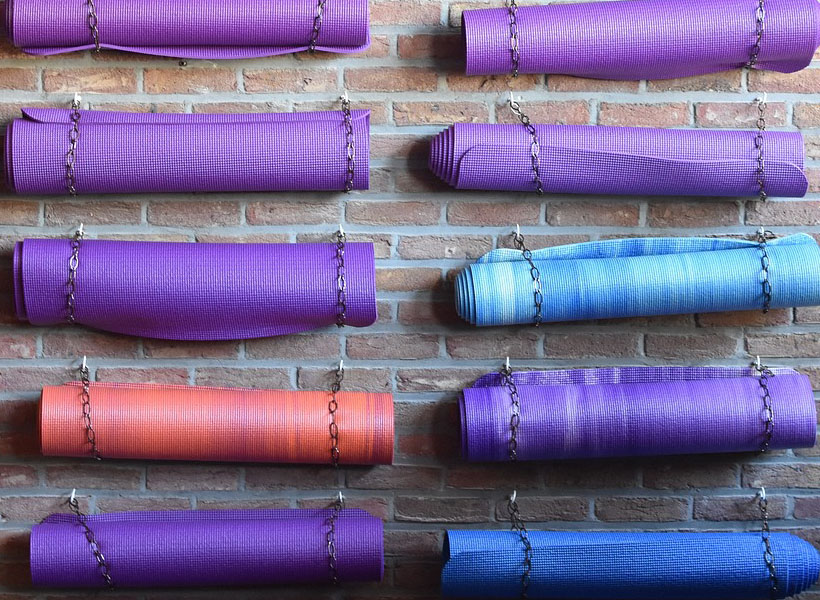
(5)Linen: Yoga mat made of linen and rubber material.
Advantages :Good slip resistance and rebound.
Disadvantage:It is not easy to clean
(6)PU Rubber Yoga Mat:
Advantages:Good elasticity, strong skin-friendly, good anti-slip effect.
Disadvantage:It does not absorb water, the price is high, it has a rubber smell and needs to be dried to remove the smell before it can be used, not suitable for hot yoga.
(7)Suede:It is generally used as a yoga towel on the existing yoga mat for practice.
Advantage:The thickness is 1.5-2mm, convenient and easy to carry, machine washable, clean and hygienic.
Disadvantage:It needs to be sprayed with water to prevent slipping. For most people, it cannot be used as a yoga mat alone.
(8)Natural Rubber Mat
Advantages:Super non-slip, strong grip, environmentally friendly materials, long service life (8 to 10 years), dirt resistance, no peculiar smell, the king of cost performance.
Disadvantage:One word, expensive.
Summary: If you have money, buy a natural rubber local tyrant mat, if you have no money, buy a PU rubber yoga mat, buy a TPE yoga mat when you go home and play casually, you only need a "mat" and you really have no money to buy a PVC yoga mat pad!
2. Common thickness of yoga mat: 1.5mm, 2mm, 3mm, 4mm, 5mm, 6mm, 8mm. in:
1.5mm and 2mm are suitable for use on existing yoga mats and public yoga mats in yoga studios, and they are light in weight, easy to carry around, and more hygienic.
3mm, 4mm, 5mm are suitable for direct laying on the ground, suitable for senior yoga experts to use at home or in fixed places.
5mm and 6mm are relatively conventional yoga mats, which have a good contact with the ground and can make it easier to find the power point. It is recommended for yoga beginners.
8mm is already a fitness mat, which is suitable for fitness experts to stretch, but it is too thick and has weak resilience, so it is not suitable for practicing yoga.
Summary: Masters do not need a yoga mat, senior yoga enthusiasts choose 4mm, most people (including Xiaobai) can blindly choose 5mm.6mm, and fitness stretching chooses 8mm+
3. According to the body position line classification:
There are regular yoga mats and asana line yoga mats.
Conventional yoga mat: There is no body line, and it is easy for a yoga novice to find the right angle when using a conventional yoga mat, which will affect the practice. The advantage is that it is cheaper.
Body position line yoga mat: There are body position lines, which are more suitable for Xiaobai to find the power point, but it will be more expensive.
Summary: If the budget is sufficient, the body line yoga mat is recommended first!






